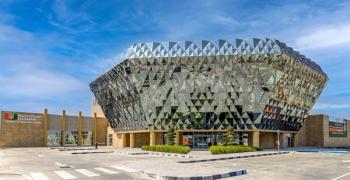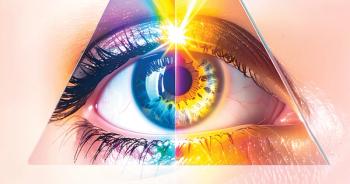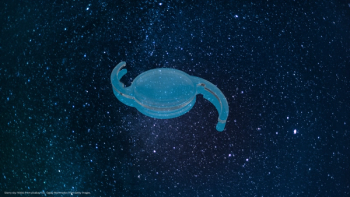
Laser thermokeratoplasty the ideal choice for presbyopes?
The development of the excimer laser has allowed more and more refractive surgical procedures to be developed, treating ever-expanding indications. As such, LASIK remains the most popular procedure for surgeons seeking to correct myopia. But what about hyperopia, which is traditionally thought to be more difficult to treat?
The development of the excimer laser has allowed more and more refractive surgical procedures to be developed, treating ever-expanding indications. As such, LASIK remains the most popular procedure for surgeons seeking to correct myopia. But what about hyperopia, which is traditionally thought to be more difficult to treat?
Fortunately there is an alternative - laser thermokeratoplasty (LTK). LTK is approved for use in subjects 40 years and older who have between +0.75 and +2.50 D of hyperopia and +1.00 D or less of astigmatism. It exerts its effect by delivering heat to sections of cornea, enabling alteration of the intrastromal collagen in a controlled fashion. If the treatment is used at the corneal periphery, the collagen shrinks, which results in the relative elevation of the central cornea. The resultant 'steepening'of the visual axis leads to increased refractive power with a subsequent myopic shift. Therefore, the surgeon can treat a concentric ring of spots at the corneal periphery to elevate the central cornea and reduce several diopters of hyperopia.
We enrolled 109 subjects to take part in a prospective study, which examined the benefits of LTK in presbyopic hyperopes who were followed for three years. Prior to surgery, all subjects received a complete eye examination including, optical coherence tomography (OCT) of the anterior segment (Visante OCT; Carl Zeiss), contrast sensitivity examinations and accommodative amplitude measurements. Patients with any ocular disease, except for amblyopia, were excluded from the study. Approximately 87% of the patients were using spectacle correction for their far vision and all patients were wearing spectacles for their near vision requirements. The majority of patients had asthenopic complaints.
Subjects were divided into four groups; two study groups and two control groups, and followed for three years. The study groups were formed depending on accommodative amplitude, age and spherical equivalence.
The first study group consisted of 27 patients (54 eyes) with a small accommodative amplitude (not exceeding 1.25 D). Target refraction in this group was low myopia and high values of laser energy were used. The second study group consisted of 25 patients (50 eyes) with a high accommodative amplitude (between 1.5 and 2.75 D). The target refraction in this group was emmetropia and the total laser energy used was lower than that used in the first study group.
Newsletter
Get the essential updates shaping the future of pharma manufacturing and compliance—subscribe today to Pharmaceutical Technology and never miss a breakthrough.












































